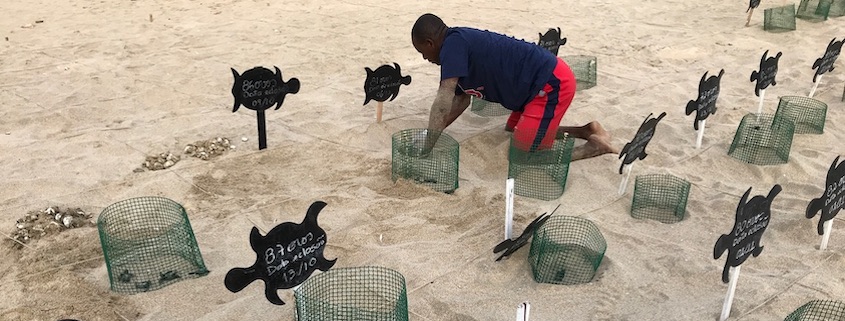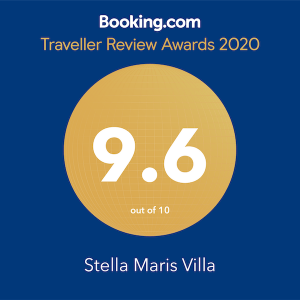The tiny island of Maio in Cape Verde has recently been featured in the UK’s Guardian newspaper. In a recent article it followed one of the local people who regularly patrol the beaches of this lovely island as part of a conservation programme for the sea turtles. David Semedo is one of these 100 volunteers. This year has been busier than most for these. volunteers.
The primary nesting sites for these gentle loggerhead turtles are on the three islands of Sal, Boa Vista and Maio. However, there are nests on other islands too. There was recent success in hatching turtles on the island of Santiago. It was also estimated to be almost 200,000 nests spread across the 10 islands of the archipelago. This is an increase from under 11,000 in 2015. Scientist are now considering Cape Verde to be the second largest, or possibly even the largest nesting site in the world.
Conservation of the turtles started some 20 years ago, which is how long it takes a baby turtle to return as an adult. Prior to that these slow moving creatures were an easy source of food for the people of Cape Verde. In 2018 the government introduced tougher laws to make the slaughter, selling and eating of turtles a criminal offence.
The protection of the turtles and the increase in the number of nests is, of course, good news. However, there are serious threats remaining for these animals. The pollution of the oceans with plastic, the plethora of fishing nets and global warming are all issues that threaten turtles. Turtles get caught in nets and plastic bags are mistaken for jelly fish and eaten and microplastics are found in oceans everywhere. Global warming is having a different effect. The gender of a turtle is governed by the temperature of the sand in which the eggs are laid and buried. The warmer the sand the fewer males are hatched. On Maio island in 2019 and 2021 nearly 100% of the babies that were hatched were female. This means that the number of turtles will diminish. Without more males the species could become extinct.
The construction of large coastal resort hotels and complexes adds to this problem, Sal island has many of these and recently, permission was granted for a major development on Maio. Maio is the least developed of the islands and this potential major development is of concern. It has been flagged up as an eco-tourism facility, but what does that mean? Energy saving and recycling etc are great, but they are not the whole story. Introducing buildings with bright lights could destroy the nesting sites. The proposal to introduce an international airport on this tiny island is also going to result in bright lights and significant light pollution. Even if the nesting sites are protected, the bright lights at night will confuse the turtles and make it less likely that they would nest on the island. It is to be hoped that these factors will be considered seriously if this major development proceeds.
The scientific co-ordinator at Fundação Maio Biodiversidade (Maio Biodiversity Foundation), Juan Patiño Martinez says ‘So it depends on the humans. We can cause their [turtles] extinction or we can conserve them.’
[29 Oct 2021]



